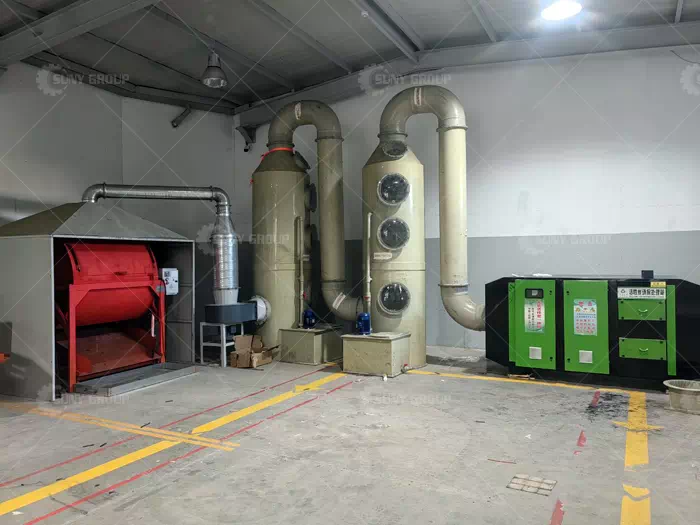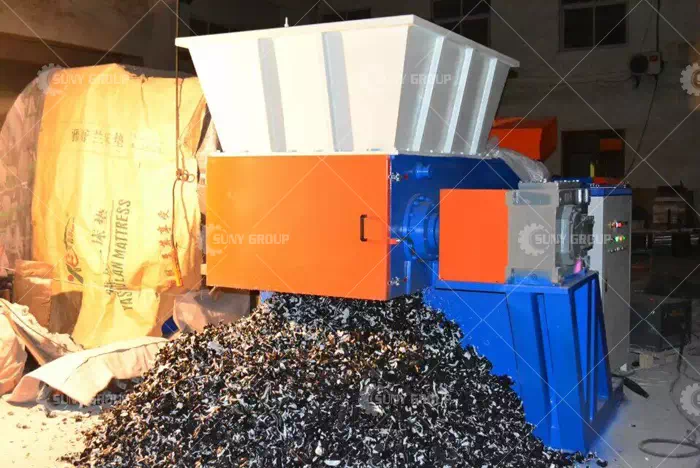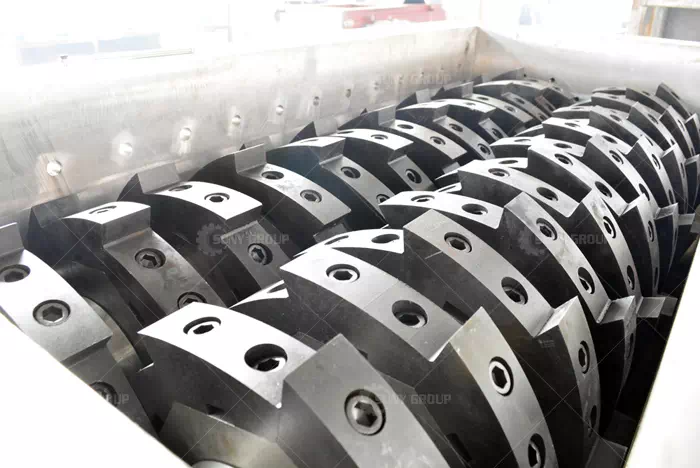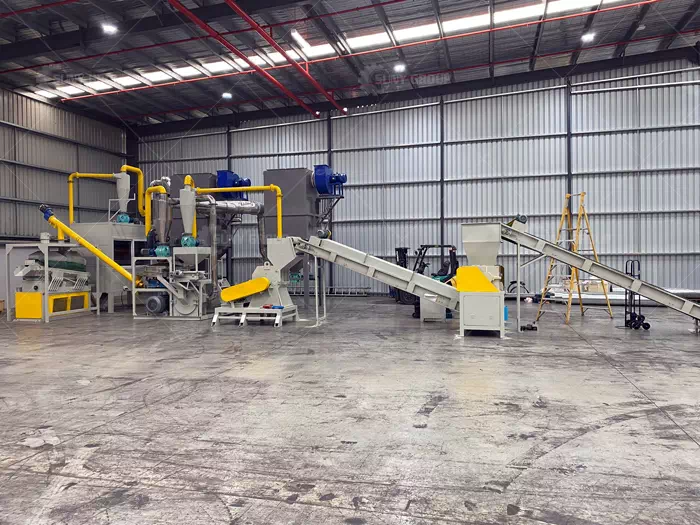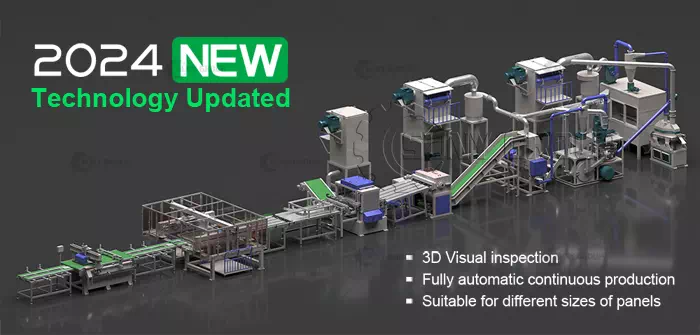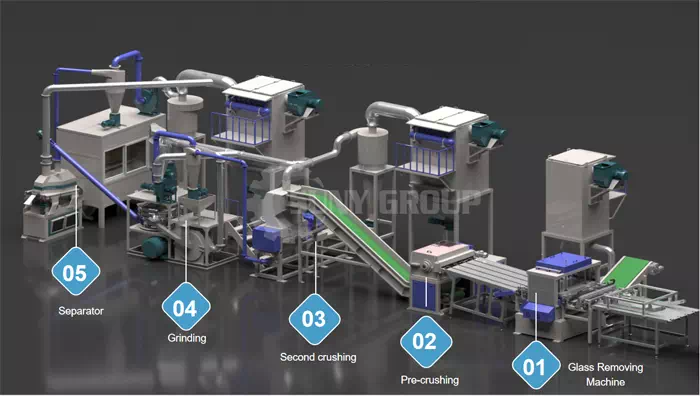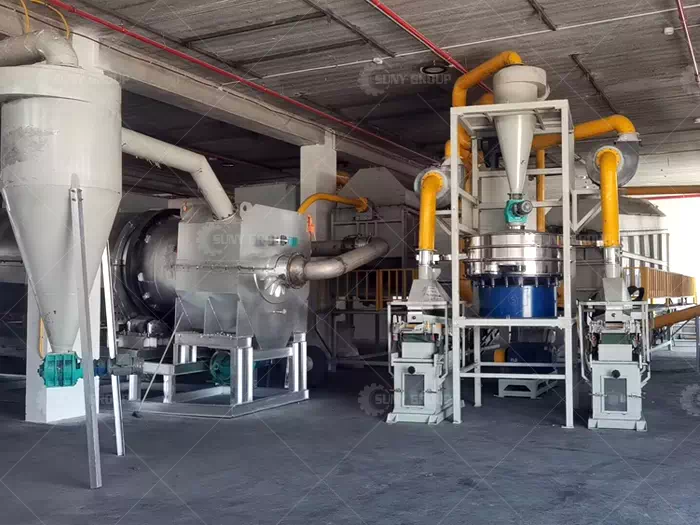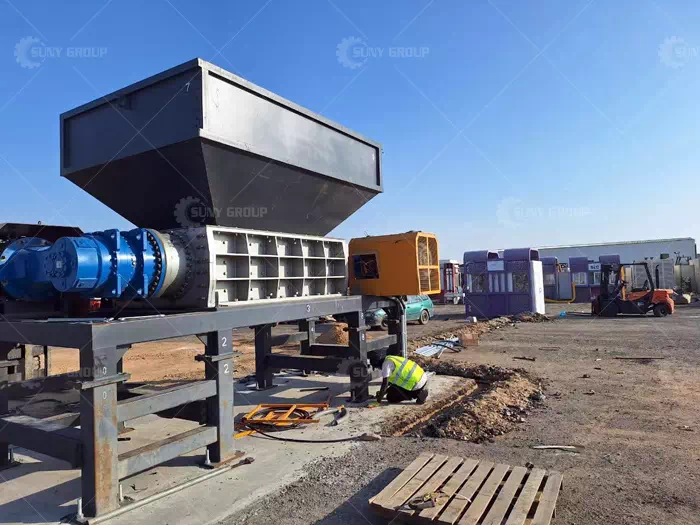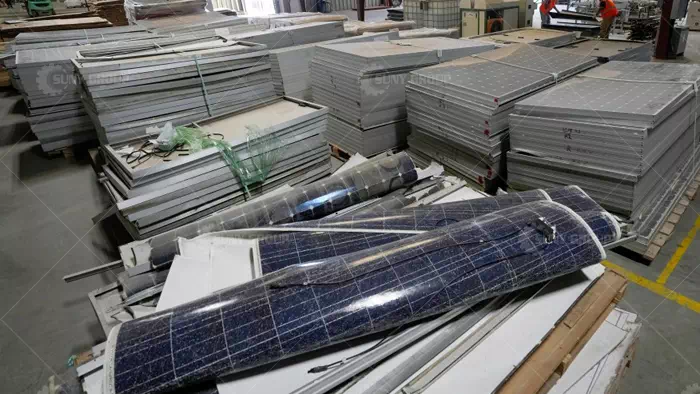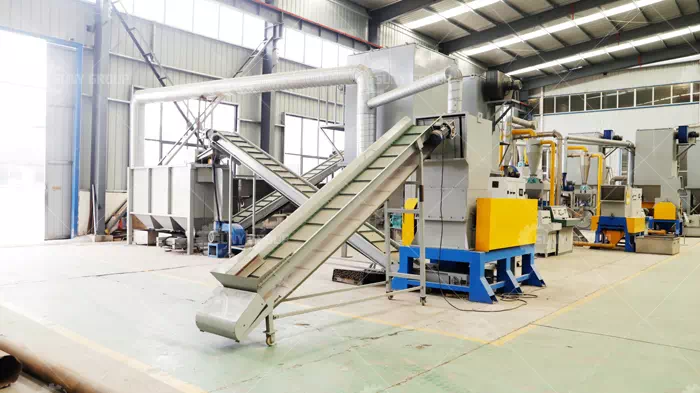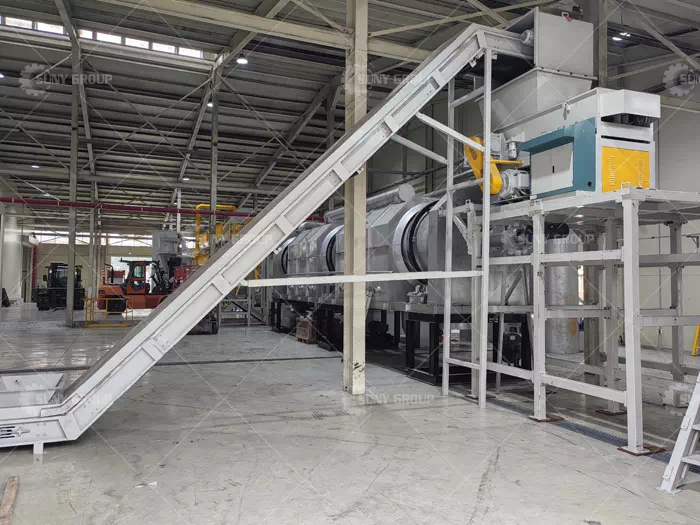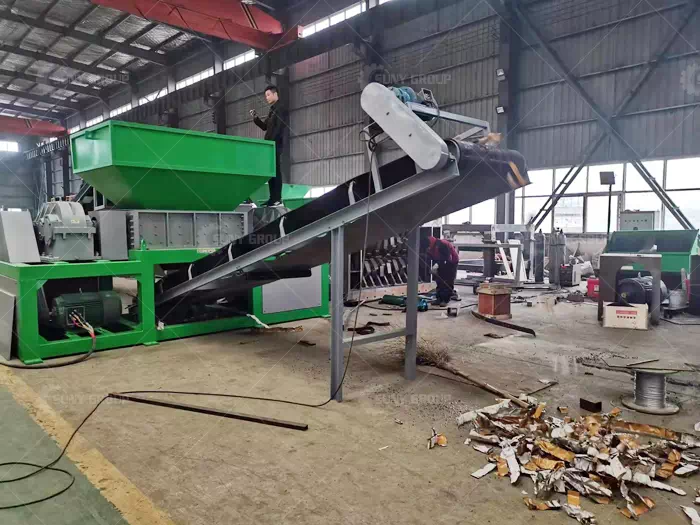copper wire recycling machine is a kind of mechanical equipment used for recycling and processing copper-containing waste materials. This equipment is mainly used in the electronic scrap recycling industry, and is capable of separating copper materials from other non-metallic materials (such as plastics and fiberglass) in discarded circuit boards, copper-containing wires, and other items. The name copper wire recycling machine comes from the fact that the copper particles produced after processing are usually in the form of rice grains, hence the name.
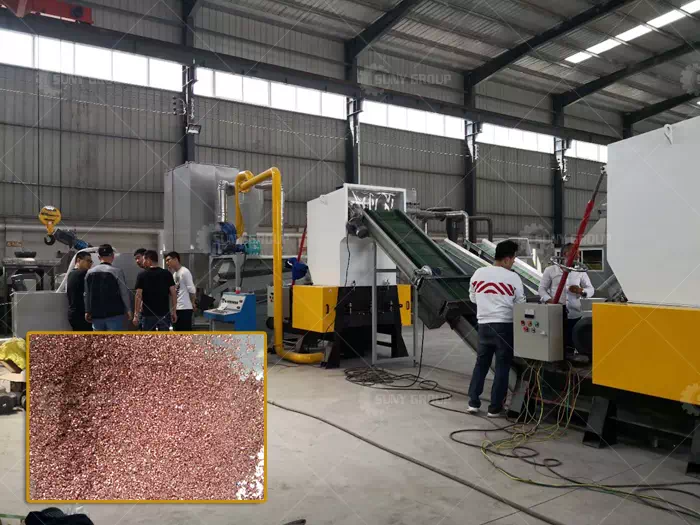
The working principle of a copper wire recycling machine usually includes the following steps:
1. **Crushing**: First, the large copper-containing waste is crushed through the crusher to facilitate subsequent processing.
2. **Crushing**: The crushed waste is further refined through the crusher, making it easier to separate the copper material from the non-metallic parts.
3. **Separation**: The crushed material is separated from other materials through a series of physical separation processes, such as airflow sorting, sieving, and electrical separation. This step is the core of the copper wire recycling machine, which determines the separation efficiency of the equipment and the purity of the output copper.
4. **Purification**: The separated copper material may contain impurities, which need to be purified by smelting or other chemical methods to meet the reuse standard.
5. **Environmental Protection Treatment**: In the working process of copper wire recycling machine, some harmful by-products will be produced, such as dust, exhaust gas, etc.. These by-products need to be treated by corresponding environmental protection equipment to minimize the impact on the environment.
The use of copper wire recycling machine not only contributes to the recycling of resources and reduces the mining of new copper resources, but also has important significance for environmental protection. Through effective recycling and treatment, it can reduce the pollution of electronic scrap to the environment and at the same time provide a source of raw materials for industrial production. As the global awareness of environmental protection and resource recycling increases, the demand for recycling equipment such as copper wire recycling machines is also growing.
Translated with DeepL.com (free version)




